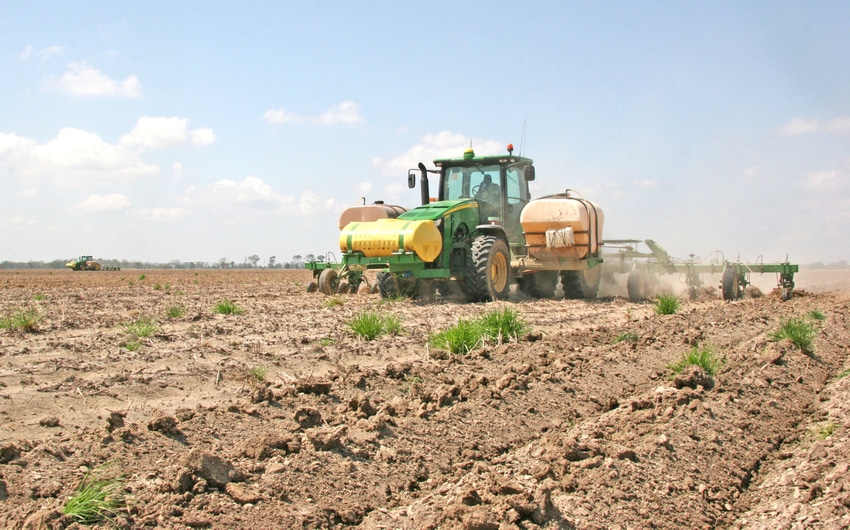
Season of uncertainty for farmers
Spring, summer, fall, and winter are always there to punctuate farming activities, but it seems that we have in recent years discovered an additional season, one we might refer to as a season of uncertainty, indecision, and even confusion over how to approach the coming year.
January 19, 2015

The seasons of the year are probably the most dependable events in farmers' lives. Spring, summer, fall, and winter are always there to punctuate farming activities, but it seems that we have in recent years discovered an additional season, one we might refer to as a season of uncertainty, indecision, and even confusion over how to approach the coming year.
We must deliberate over how to deal with the new farm bill legislation that will essentially determine how a farming operation will interact with farm-related matters for at least five years or the life of the bill. There is a lot of discussion about this around the coffee tables of agriculture these days. And even though the decisions we make during the period leading up to the signup deadlines seem ominous, my take on it is that there will be minimal difference in the impact of this bill regardless of which selection one may choose.
Cotton is now going to be dealt with through a crop insurance-based program. Cotton base acres are now “generic” acres and rather than remaining as cotton acres for payment purposes when other crops are planted, these acres will “follow the planter” and become whichever crop is planted. No longer can we plant a grain crop like corn or soybeans and look forward to a cotton payment. For me, this is the major change under the new bill, at least in this area where much of our farmland is former cotton base.
Then we have to decide which crop to plant given the fact that each crop will now stand on its own two feet rather than being backed by a cotton program deficiency payment possibility. We are now truly farming in a crop-by-crop environment in which marketing will become even more critical than ever before.
Forward contracting, the use of advanced marketing tools like options and others, and the forming of close relationships with buyers like feed mills and terminal elevators will take on more importance. The planting and production of crops that our customers want rather than what we would prefer to plant will become more a part of our decision-making process than in the past.
This may include specific technologies rather than whatever we might prefer. It may indicate the planting of cottons with the characteristics buyers prefer rather than what we might rather plant. New varieties of corn and soybeans such as those with increased protein or oleic oil content may come into the mix very soon.
This may be difficult for some to accept, but it’s just simple storekeeping, providing customers with what they want rather than what we might like to grow in some cases. This concept may include more communication up front with buyers rather than simply waiting to offer them whatever we have produced.
And then finally we have to arrive at whatever philosophy may fit the opportunities. Whether to adopt aggressive and more expensive production methods or scale back to more cost-effective methods is always an option. Given these lower commodity prices and high costs for land and inputs still geared to higher prices, there may have to be an adjustment in the nature of our methods. This is always difficult for producers because we get accustomed to a certain way of doing things and don’t like to change.
The way things look here at the beginning of this New Year we will have to think differently and outside the bounds we have gotten used to in the last few “good” years. It’s readjustment time whether we like it or not. One of the wisest people I know commonly reminds me that the only constant in this world, and especially in agriculture, is change.
You May Also Like



